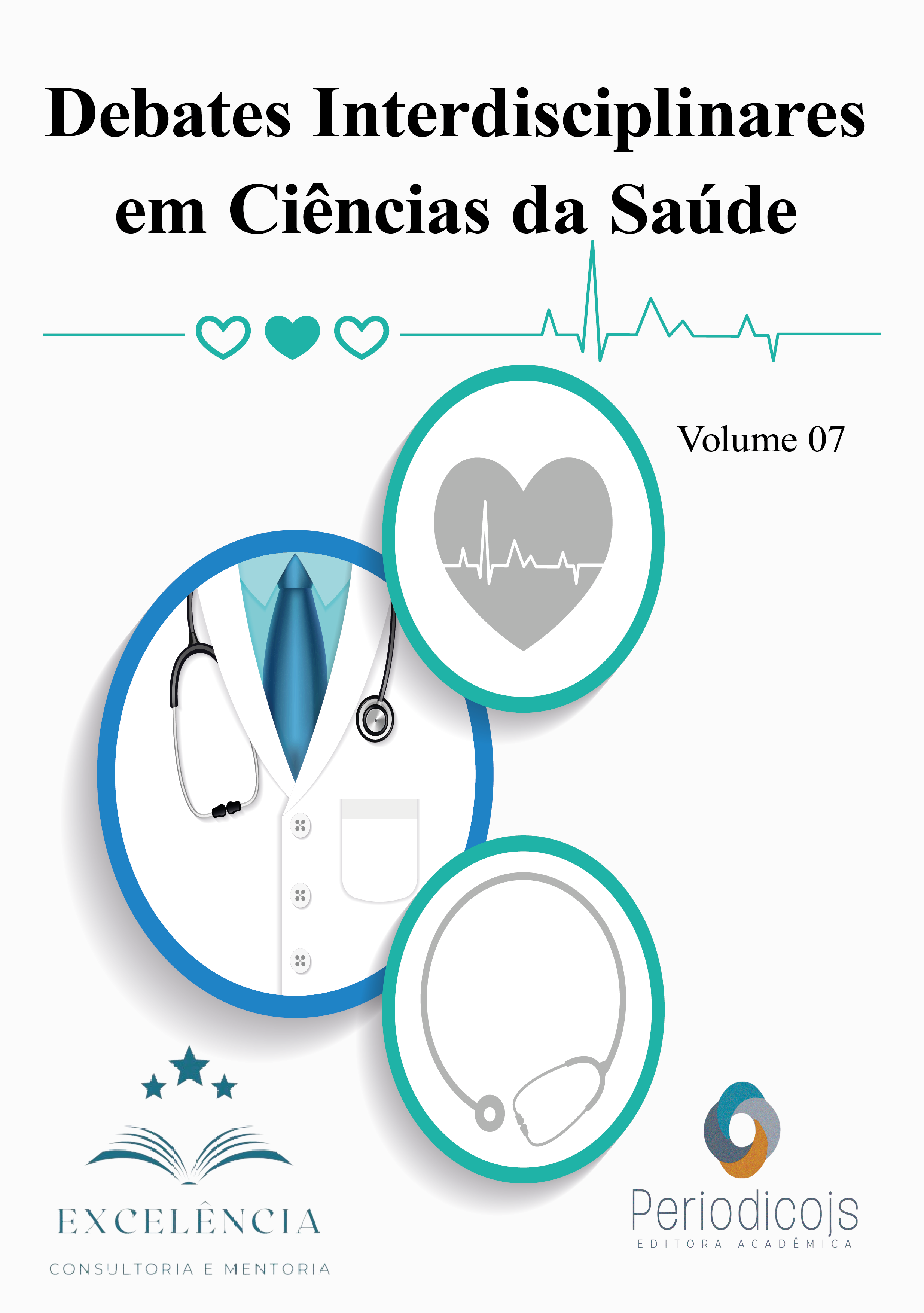Abstract
Intensive care units are the most favorable places for the development of sepsis, due to the clinical condition already present in patients and greater exposure to invasive devices and procedures. Among the prevention measures in cases of Sepsis is related to nursing care, and in this context the team and nurses play an essential role in the care of patients who are related to cases of sepsis and the dysfunctions caused by it.
References
COSTA, M.B. V. et al. Características epidemiológicas de pacientes com sepse em unidade de terapia intensiva. Journal Of EpidemiologyAnd Infection Control, [s.l.], v. 8, n. 4, p.1-12, 2019.
FERREIRA, L.de L. et al. Nursing Care in Healthcare-Associated Infections: a scoping review: A Scoping Review. Revista Brasileira de Enfermagem, [s.l.], v. 72, n. 2, p. 476-483, abr. 2019. FapUNIFESP (SciELO). Disponível em: http://dx.doi.org/10.1590/0034-7167-2018-0418.
HUSABØ G, N.R.M. et al. Early diagnosis of sepsis in emergency departments, time to treatment, and association with mortality: Na observational study. PLoS One. 2020;15(1):e0227652. https://doi.org/10.1371/journal.pone.0227652.
SOBREIRA, M. da G. de S. Prevenção de infecções na terapia intensiva: análise do conhecimento dos profissionais e construção de bundles. 2018. 67 f. TCC (Doutorado) -Curso de Enfermagem, Universidade Federal de Campina Grande, Cajazeiras, 2018.Disponível em: http://dspace.sti.ufcg.edu.br:8080/jspui/handle/riufcg/8405.
MASSABANI, R. e SILVEIRA, G. C. (2021). Atuação do enfermeiro no diagnóstico da sepse. Revista Intersaúde. 1 (4), 59-65.

